How to grow parsnips
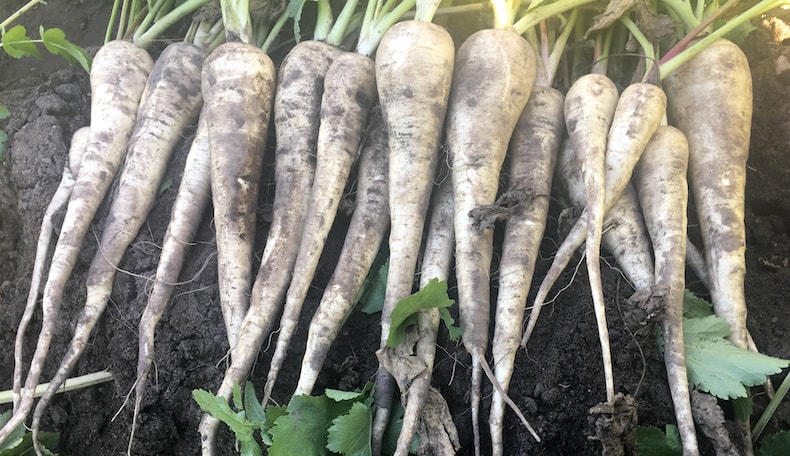
Grow your own Christmas dinner staple by following our expert parsnips growing guide
Image: Parsnip 'Warrior' F1 Hybrid from Thompson & Morgan
Deliciously sweet parsnips are the crowning glory of a Sunday roast! These tasty root vegetables are easy to grow and need next to no maintenance throughout the season. In fact, once sown they virtually look after themselves. Better still, they don't need harvesting all in one go. You can leave them in the ground right through to early spring, lifting just a few as and when you need them.
Here’s our complete guide on how and when to sow parsnips. When you’re ready to make a start, browse our full range of parsnip seeds to choose the best variety for your garden.
Best parsnip varieties to try
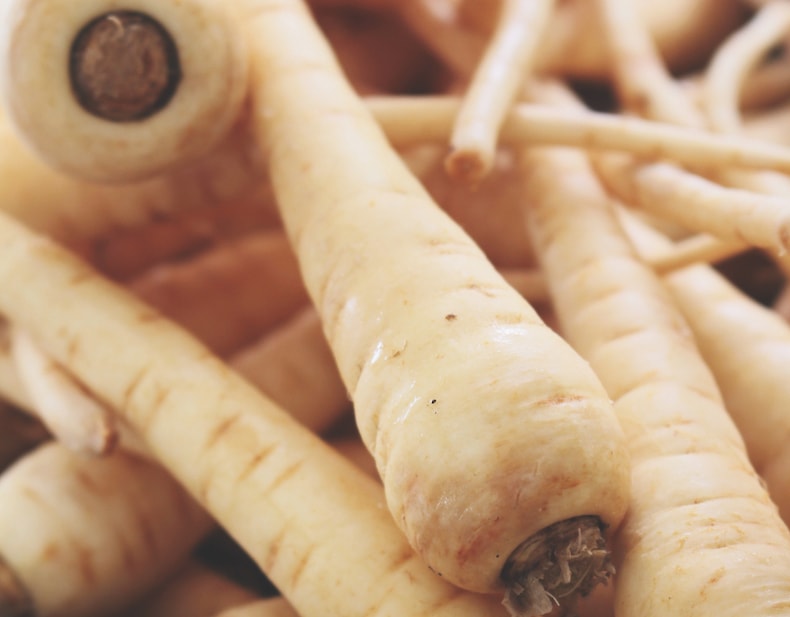
Parsnip 'Albion' is easy to grow and holds an RHS Award of Garden Merit
Image: Parsnip 'Albion' from Thompson & Morgan
F1 hybrid varieties have vastly improved this useful winter vegetable crop to provide disease resistance, smoother skins and better germination rates. As a result, parsnips are definitely making a comeback. Here are a few of our favourites:
- Parsnip 'Gladiator' - The world's first F1 hybrid parsnip is still a well-respected show bench variety with good canker resistance and a sweet, earthy flavour.
- Parsnip 'Tender and True' - Virtually coreless with particularly sweet flesh, this variety is ideal for the show bench and the kitchen.
- Parsnip 'Albion' - Awarded an RHS Award of Garden Merit, this fine variety produces long, tapering roots of uniform size and is easy to grow.
- Parsnip 'Warrior' - This British-bred variety produces flavoursome & chunky roots. Strong and reliable, it has also shown strong resistance to root canker.
When to sow parsnip seeds
Don't be tempted to use last year's leftover seed. Parsnips have a relatively short viability period so it’s particularly important to order fresh parsnip seeds each year to get the very best crop.
Parsnip seeds can be direct sown outdoors from April to June, once the ground is workable. They need temperatures of around 12C (52F) to germinate, so don't sow them too early unless you use cloches to warm the soil first. Avoid sowing your seeds in cold or wet soils as it is liable to rot.
Where to sow parsnip seeds
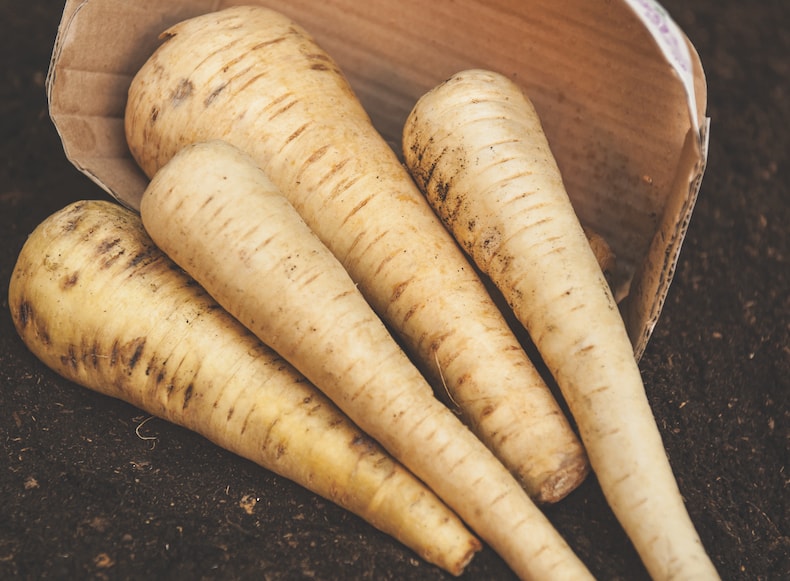
Parsnip 'Tender and True' produces large roots with excellent flavour
Image: Parsnip 'Tender and True' from Thompson & Morgan
Grow parsnips in a sunny position in stone-free, well-prepared ground that has been deeply cultivated and raked to a fine tilth. Parsnips prefer a fertile, light, well drained soil. On heavier or stony soils you may find better results by choosing a shorter rooted variety such as parsnip 'Countess'.
How to sow parsnip seeds
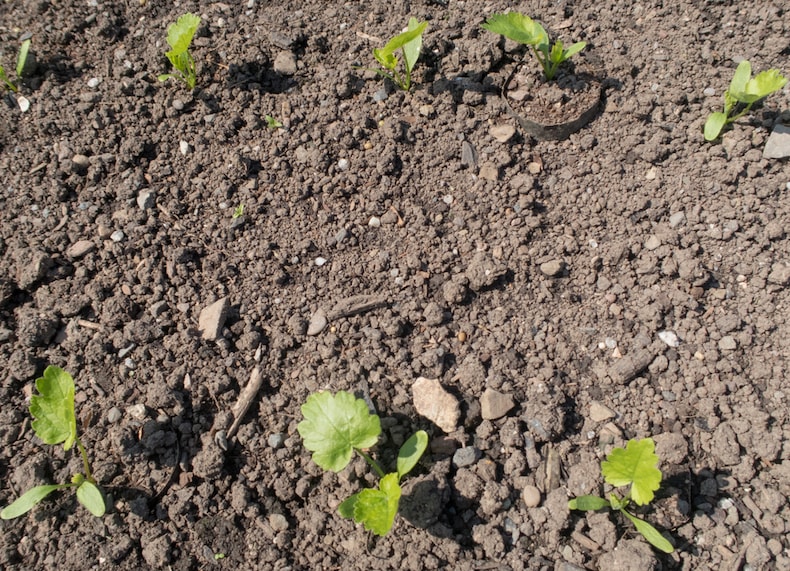
Once germinated, parsnips are low maintenance vegetables
Image: Shutterstock
- Direct sow your parsnip seeds in 13mm deep drills, keeping the rows 30cm apart.
- Germination can take up to 28 days.
- During dry periods it’s especially important to keep the seed well watered to encourage good germination, particularly when growing on light, sandy soils.
- When large enough to handle, thin out the seedlings to 10-15cm apart.
- Once germinated, your parsnips will need little attention. Water when necessary to keep the soil moist and try to avoid extremes of wet and dry soil as this may cause the roots to split.
- Weed between your rows of parsnips regularly. Hand weeding is less likely to damage the developing parsnip roots.
- If space is limited, why not sow a crop of radishes between your rows of parsnips to maximise the use of your land. They mature quickly and can be harvested long before the parsnips start to swell.
Can you grow parsnips in containers?
While many vegetable crops make excellent subjects for growing in containers, unfortunately parsnips are not well suited to this method. Because they develop such long roots, parsnips need deeper soil than most containers can offer. However, if you have a particularly deep container or a spare dustbin, there’s no reason why you shouldn't drill some holes in the bottom and have a go!
When to harvest parsnips
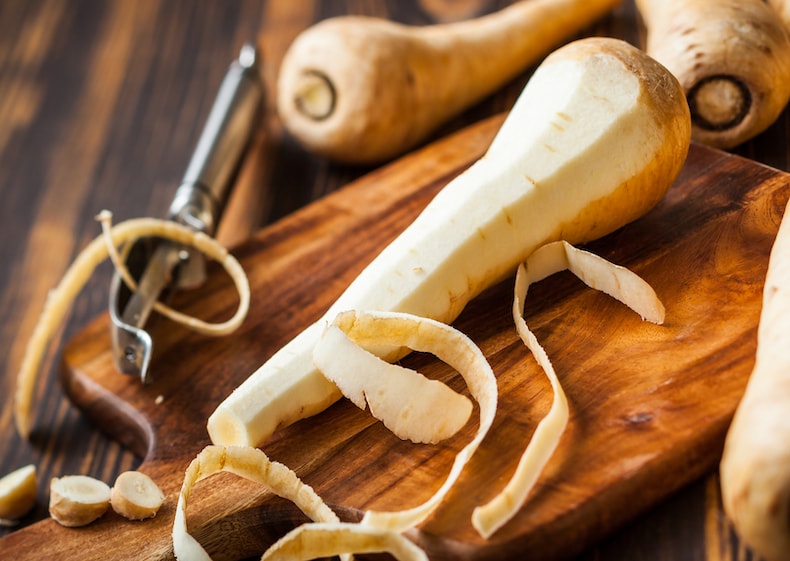
With beautiful, silky-smooth, blemish free, white skins, parsnip 'Gladiator' is easy to grow
Image: Parsnip 'Gladiator F1 Hybrid' from Sutton
You can start to harvest your parsnips from late autumn right through to the end of January, once the foliage begins to die back. The crop can be safely left in the ground until you need it - just lift a few roots at a time, as and when they’re required. In fact, the flavour of your parsnips will be improved if they’re left in the ground until exposed to frost. This process converts the starch into sugars, thereby giving the roots a far sweeter flavour.
Alternatively, lift and store your parsnips in boxes of barely moist soil, peat or sand in a cool place like a shed, garage or unheated greenhouse. Roots can be stored like this for up to 4 months.
Want to learn more about growing your own root veg? Learn from our carrots and parsnips guides for gardening advice and how to use up your harvest.
Written by: Sue Sanderson
 Plants and gardens have always been a big part of my life. I can remember helping my Dad to prick out seedlings, even before I could see over the top of the potting bench. As an adult, I trained at Writtle College where I received my degree, BSc. (Hons) Horticulture. After working in a specialist plantsman's nursery, and later, as a consulting arboriculturalist, I joined Thompson & Morgan in 2008. Initially looking after the grounds and coordinating the plant trials, I now support the web team offering horticultural advice online.
Plants and gardens have always been a big part of my life. I can remember helping my Dad to prick out seedlings, even before I could see over the top of the potting bench. As an adult, I trained at Writtle College where I received my degree, BSc. (Hons) Horticulture. After working in a specialist plantsman's nursery, and later, as a consulting arboriculturalist, I joined Thompson & Morgan in 2008. Initially looking after the grounds and coordinating the plant trials, I now support the web team offering horticultural advice online.
Sign Up For Exclusive Special Offers




© 2024 Thompson & Morgan. All rights reserved. A division of Branded Garden Products Limited.



